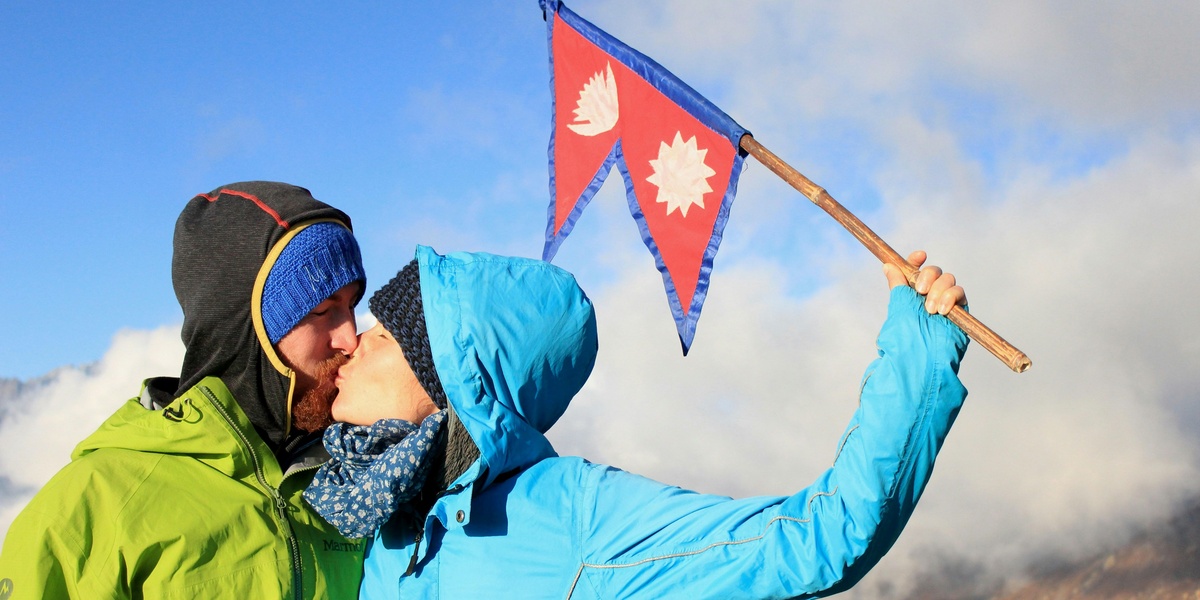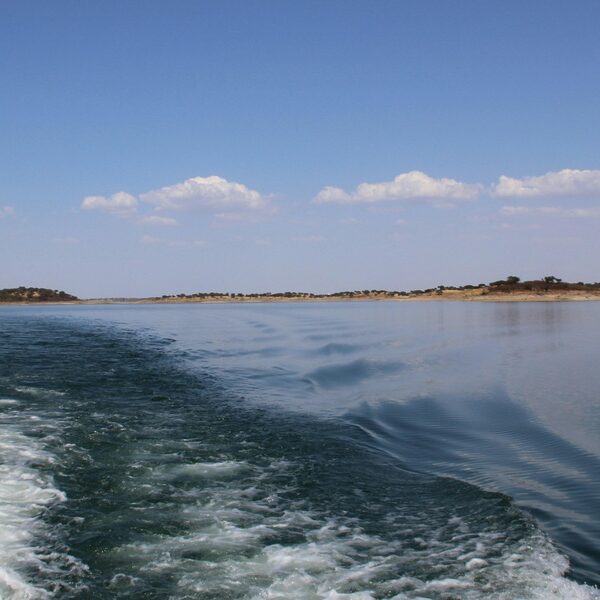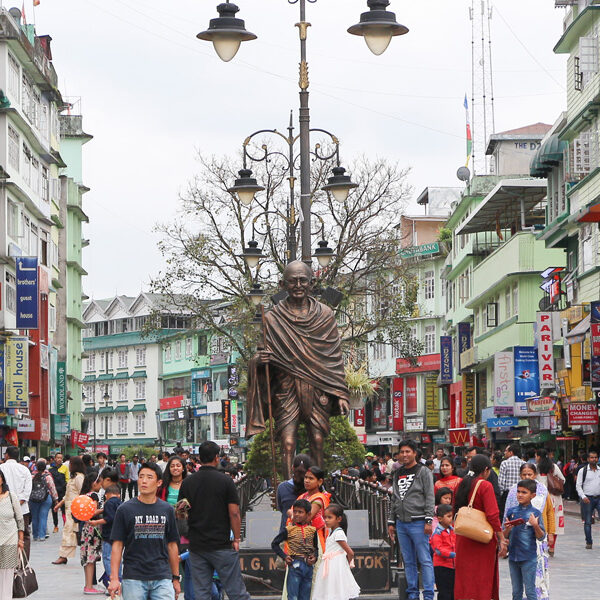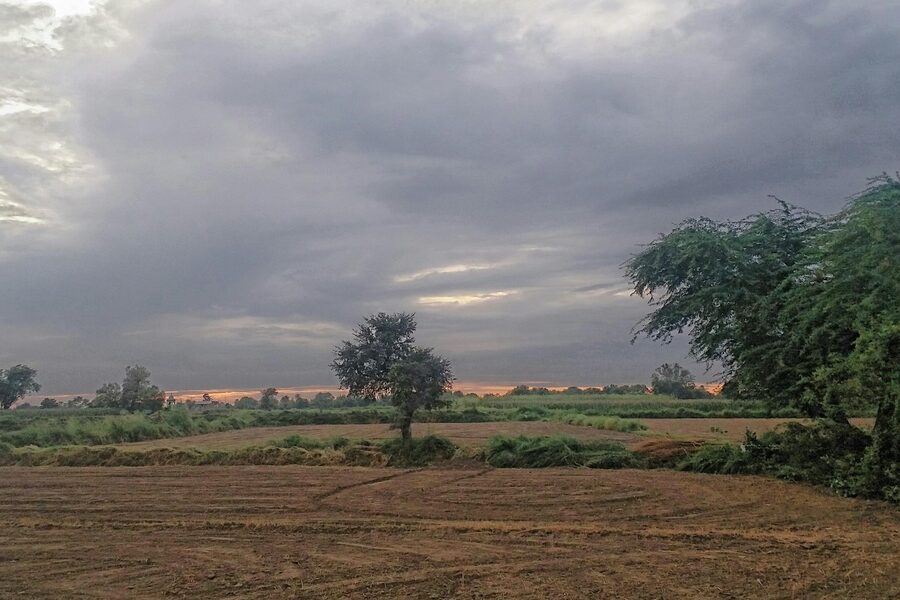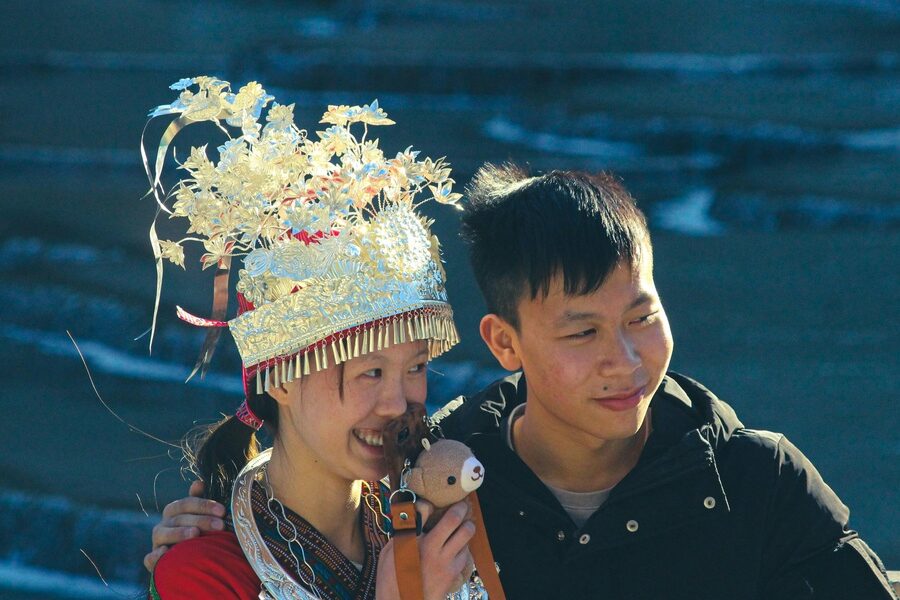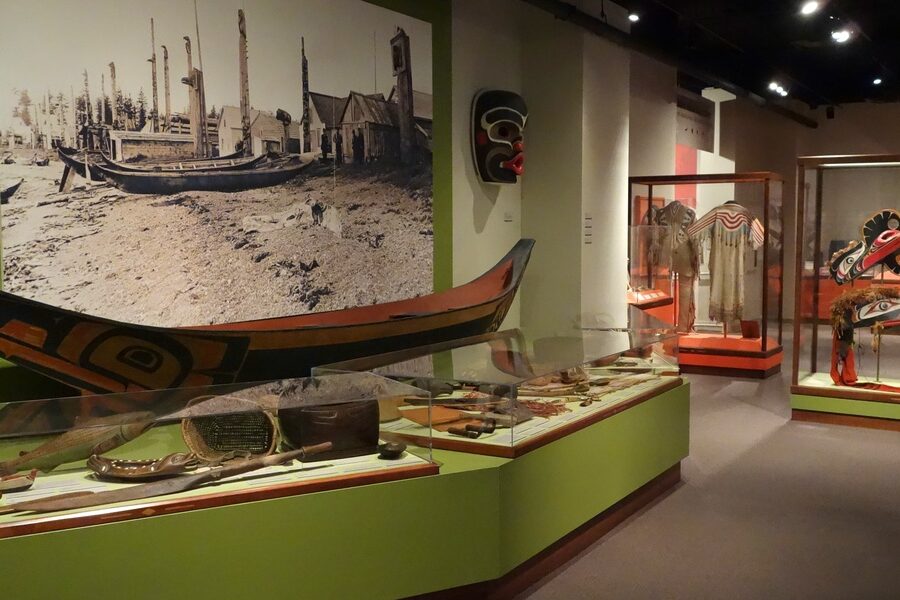Nepal is a country of breathtaking landscapes and incredibly warm, welcoming people. While English is spoken in many tourist areas, making an effort to speak a few local words can genuinely transform your travel experience, opening doors to richer interactions and deeper connections with the local culture.
To help you navigate and engage more authentically, we’ve compiled a list of 50 Useful Phrases for Tourists in Nepal. This comprehensive collection spans essential greetings and requests, from asking “… कहाँ छ?” (Where is…?) to simply saying “हुन्छ” (Okay/Yes). For each phrase, you’ll find below its Transliteration, a practical Pronunciation Guide, and its English Translation, designed to make your communication effortless.
Why bother learning Nepali phrases when traveling?
Learning even a few basic Nepali phrases can significantly enhance your trip. It shows respect for the local culture, often leading to warmer interactions and a more authentic experience. Locals appreciate the effort, which can help you connect more easily, whether you’re bargaining at a market, asking for directions, or simply greeting someone in passing. It truly enriches your journey beyond the typical tourist path.
How widely understood are these Nepali phrases across the country?
The phrases provided are standard Nepali, which is the official language and widely understood across most of Nepal, especially in the major cities, tourist hubs, and surrounding regions. While some rural areas or specific ethnic communities might primarily speak local dialects, standard Nepali will serve you well in the vast majority of your interactions. It’s the common linguistic thread that binds the diverse country.
Useful Phrases for Tourists in Nepal
| Nepali Phrase | Transliteration | Pronunciation Guide | English Translation |
|---|---|---|---|
| नमस्ते | Namaste | nah-mah-stay | Hello / Goodbye |
| धन्यवाद | Dhanyabad | dhahn-yah-bahd | Thank you |
| हजुर | Hajur | hah-joor | Yes? / Pardon? / Yes (respectful) |
| कस्तो छ? | Kasto chha? | kass-toe chhah? | How is it? / How are you? |
| ठीक छ | Thik chha | theek chhah | It’s okay / I’m fine |
| तपाईंको नाम के हो? | Tapaiko naam ke ho? | tah-pai-ko nahm kay ho? | What is your name? |
| मेरो नाम … हो | Mero naam … ho | may-ro nahm … ho | My name is … |
| माफ गर्नुहोस् | Maaf garnus | mahf gahr-noos | Excuse me / I’m sorry |
| फेरि भेटौँला | Pheri bhetaula | fay-ree vet-own-la | Let’s meet again / See you later |
| … कहाँ छ? | …kaha chha? | …kah-ha chhah? | Where is the …? |
| यो के हो? | Yo ke ho? | yo kay ho? | What is this? |
| कति हो? | Kati ho? | kuh-tee ho? | How much is it? |
| महँगो भयो | Mahango bhayo | mah-hahn-go bhah-yo | It’s too expensive |
| मिलाएर दिनुस् | Milayera dinus | mee-lie-air-ah dee-noos | Please give a reasonable price |
| पुग्यो | Pugyo | poo-gyo | It’s enough |
| मिठो छ | Mitho chha | mee-tho chhah | It’s delicious |
| पानी | Pani | pah-nee | Water |
| चिया | Chiya | chee-yah | Tea |
| खाना | Khana | kha-nah | Food / A meal |
| बिल दिनुस् | Bill dinus | bill dee-noos | Please give the bill |
| मलाई … चाहिन्छ | Malai … chahinchha | mah-lie … chah-heen-chah | I need … |
| मलाई सन्चो छैन | Malai sancho chhaina | mah-lie sun-cho chai-nah | I am not feeling well |
| मद्दत चाहियो | Madat chahiyo | mah-daht chah-hee-yo | Help is needed / I need help |
| अलि-अलि | Ali-ali | ah-lee-ah-lee | A little bit |
| धेरै | Dherai | dhay-ray | A lot / Very |
| बिस्तारै | Bistari | biss-tah-ray | Slowly |
| जानुस् | Janus | jah-noos | Go / Please go |
| रोक्नुस् | Roknus | roke-noos | Stop / Please stop |
| हुन्छ | Hunchha | hoon-chhah | Okay / It will be done |
| हुँदैन | Hudaina | hoo-dye-nah | No / It won’t be done |
| राम्रो | Ramro | rahm-ro | Good / Nice |
| नराम्रो | Naramro | nah-rahm-ro | Bad / Not good |
| दायाँ / बायाँ | Daya / Baya | dah-yah / bah-yah | Right / Left |
| सिधा | Sidha | see-dhah | Straight |
| एक | Ek | ake | One |
| दुई | Dui | doo-ee | Two |
| तीन | Tin | teen | Three |
| सय | Say | sigh | Hundred |
| हजार | Hajar | hah-jar | Thousand |
| आज | Aaja | ah-ja | Today |
| भोलि | Bholi | bho-lee | Tomorrow |
| दाइ / भाइ | Dai / Bhai | die / bhaa-ee | Older brother / Younger brother |
| दिदी / बहिनी | Didi / Bahini | dee-dee / bah-hee-nee | Older sister / Younger sister |
| शुभ बिहानी | Shubha bihani | shoo-bha bee-hah-nee | Good morning |
| शुभ रात्री | Shubha ratri | shoo-bha rah-tree | Good night |
| मलाई भोक लाग्यो | Malai bhok lagyo | mah-lie boke lah-gyo | I am hungry |
| मलाई तिर्खा लाग्यो | Malai tirkha lagyo | mah-lie teer-kha lah-gyo | I am thirsty |
| पिरो | Piro | pee-ro | Spicy hot |
| कति बेला? | Kati bela? | kuh-tee bay-la? | At what time? / When? |
| शौचालय | Shauchalaya | show-chah-lie-yah | Toilet / Restroom |
Images and Descriptions
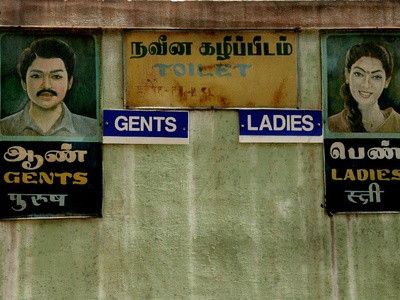
नमस्ते
The quintessential Nepali greeting, used any time of day. It is accompanied by placing your palms together. It’s a sign of respect and acknowledges the divine in others, making it a perfect, polite greeting for everyone you meet.
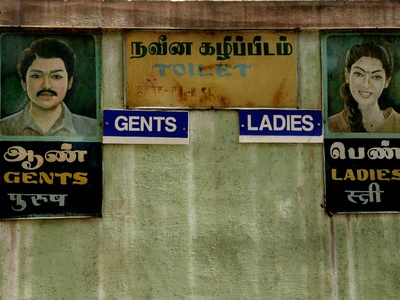
धन्यवाद
The formal and most common way to express gratitude. Using this simple word shows appreciation for any help or service and is always well-received by locals. A little politeness goes a long way in Nepali culture.
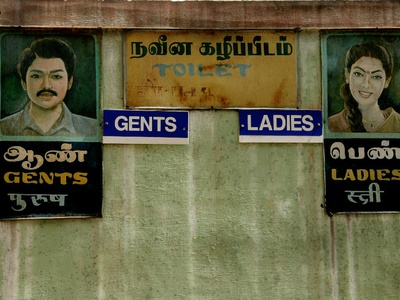
हजुर
A highly versatile and polite word. It can mean ‘yes’, ‘pardon me?’, or be used to show you are listening attentively. It’s more respectful than a simple ‘yes’ or ‘what?’ and shows you are engaged in the conversation.
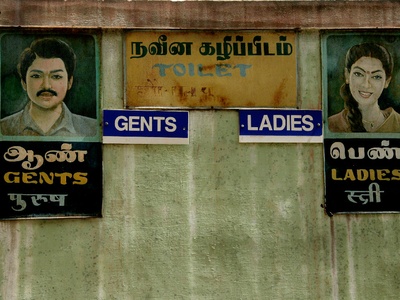
कस्तो छ?
A common greeting that follows ‘Namaste’. To be polite, use “Tapai-lai kasto chha?” (How are you?). It’s a friendly way to start a conversation and show you care, often used among friends and acquaintances.
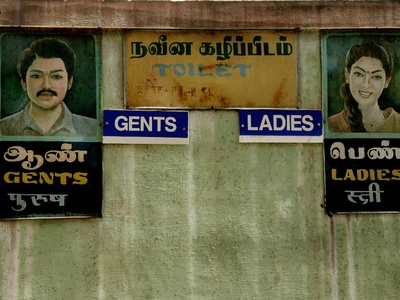
ठीक छ
The perfect all-purpose response. Use it to say you’re fine, to agree to something, or to confirm that everything is alright. It’s one of the most frequently used phrases in daily Nepali conversation.

तपाईंको नाम के हो?
The polite way to ask for someone’s name. Using the respectful ‘tapai’ (you) is appropriate for new acquaintances, elders, or anyone you’ve just met. It’s a great way to make a personal connection.
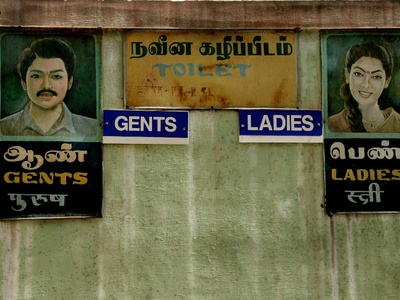
मेरो नाम … हो
The standard response when introducing yourself. Just say your name in the blank. Following up with “Ani tapai-ko?” (And yours?) is a friendly way to continue the conversation.
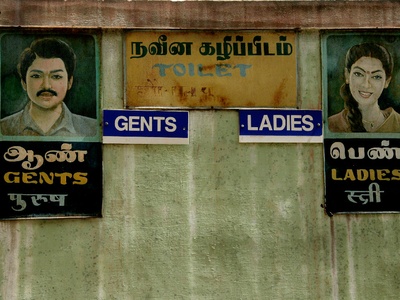
माफ गर्नुहोस्
A polite phrase to get someone’s attention, to apologize for a small mistake like bumping into someone, or to politely move through a crowd. It’s a versatile term that shows good manners.
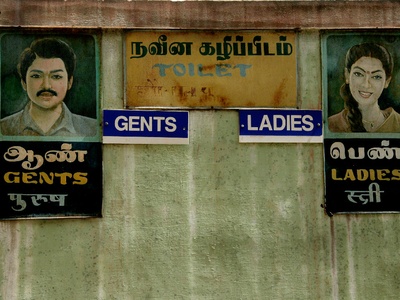
फेरि भेटौँला
A warm and friendly way to say goodbye, implying you hope to see the person again. It’s much warmer than a simple ‘Namaste’ for parting and is great for new friends you’ve made.
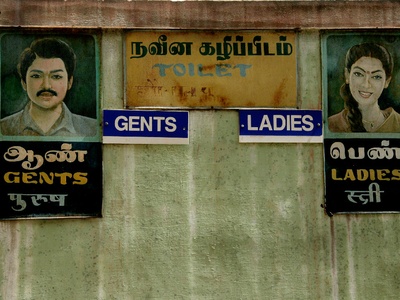
… कहाँ छ?
Your essential phrase for asking for directions. Simply state your destination before ‘kaha chha?’. For example, “Hotel kaha chha?”. It’s a simple and effective way to find your way around.
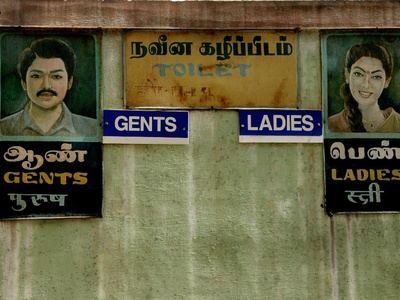
यो के हो?
A simple, direct question for when you want to know what something is. It’s incredibly useful at markets, restaurants when pointing at a menu item, or when you see something new and interesting.
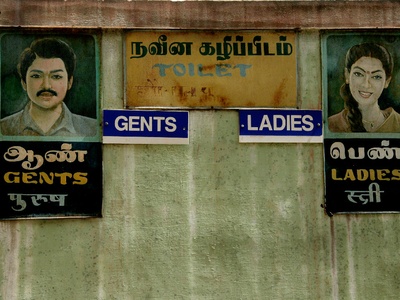
कति हो?
The most important phrase for shopping and paying for services like taxis. Also phrased as “Yesko kati paisa?”. It’s the direct way to ask for the price of an item or a fare.
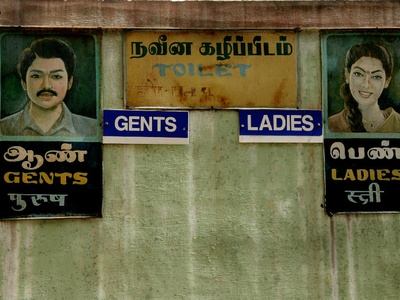
महँगो भयो
A key phrase for friendly bargaining in markets. Said with a smile, it signals that the price is beyond your budget and invites the seller to offer a lower price. It’s a standard part of the shopping experience.
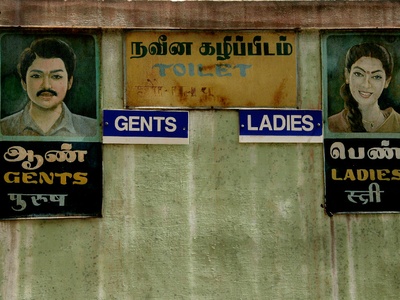
मिलाएर दिनुस्
A more polite and effective bargaining tactic than just saying it’s expensive. It asks the seller to “adjust” or “match” the price to a fair level, showing you’re a serious buyer.
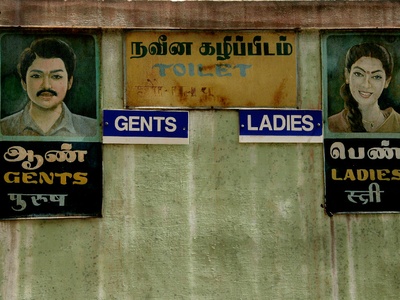
पुग्यो
An essential word when being served food or drinks. Use it to politely indicate that you have had enough and don’t need any more. It helps prevent food waste and is much clearer than just waving a hand.
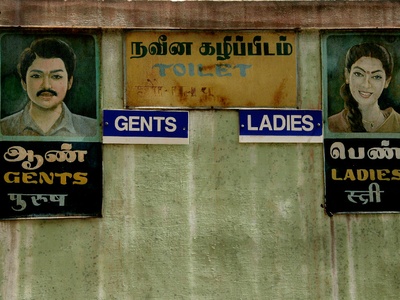
मिठो छ
A wonderful compliment for your host or a restaurant cook. Nepalis take great pride in their food, and expressing your enjoyment with this phrase is a gesture of sincere appreciation that will be warmly received.
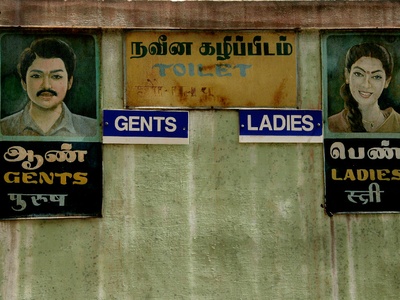
पानी
A crucial word, especially when trekking or in warmer climates. To be specific for safe drinking water, ask for “Khane pani” (drinking water) or “Mineral pani” (mineral water) when ordering.
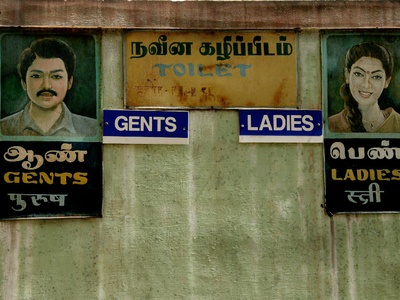
चिया
Tea is central to Nepali social life. Ordering ‘chiya’ will usually get you sweet milk tea (dudh chiya). It’s a great way to participate in the local culture, whether in a city cafe or a village teahouse.
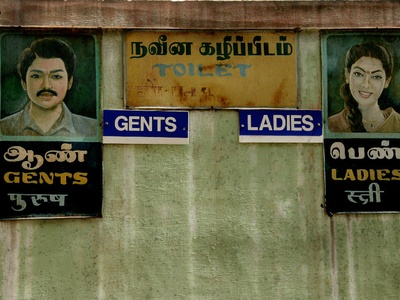
खाना
A general term for food. “Khana khanu bhayo?” (“Have you eaten?”) is a common and caring greeting. This phrase is useful for asking about meal times or indicating you’re ready to eat.
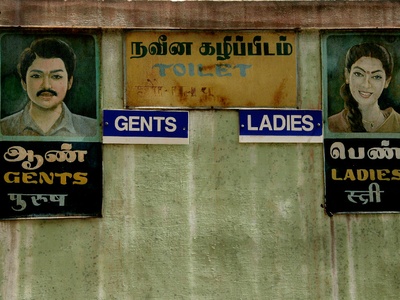
बिल दिनुस्
The standard and polite way to ask for the check at the end of your meal in a restaurant or teahouse. It’s clear, direct, and universally understood by staff.
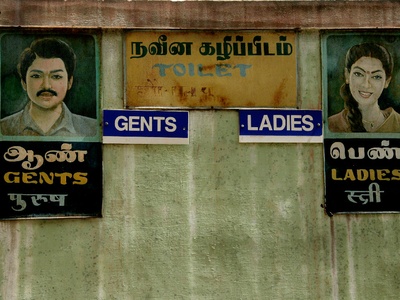
मलाई … चाहिन्छ
A very useful sentence structure for asking for something you need. Simply add the noun at the end, for example, “Malai pani chahinchha” (I need water). It’s direct and clear.
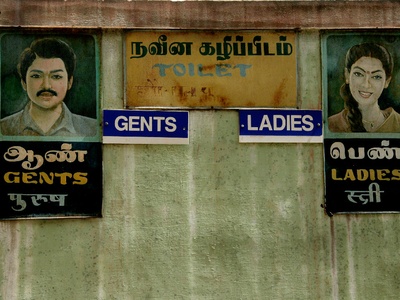
मलाई सन्चो छैन
A critical phrase for your health and safety. It clearly communicates to your guide, hotel staff, or a local that you are sick and may need assistance or rest.
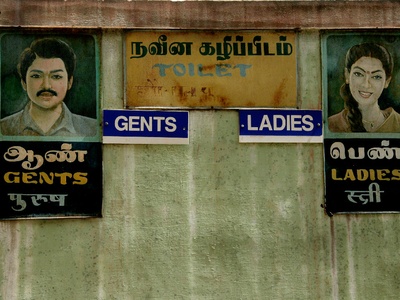
मद्दत चाहियो
A vital phrase for any emergency situation. If you are in trouble or see someone who is, saying this clearly and loudly will signal the urgency and get people’s attention to help you.
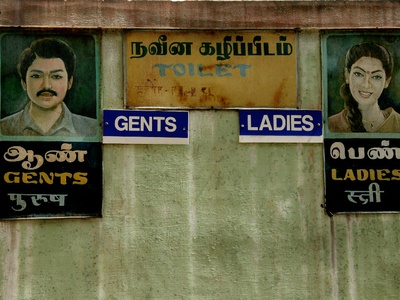
अलि-अलि
A useful qualifier. You can use it when asked if you speak Nepali (“Nepali ali-ali”) or if you want just a small amount of something, like spicy chili (“Piro ali-ali”).
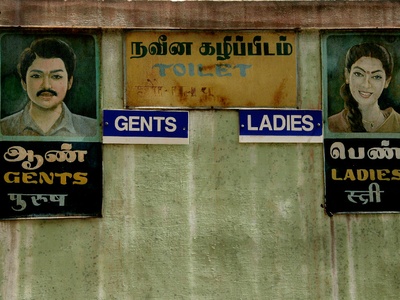
धेरै
Another useful qualifier. You can use it to say something is “very good” (“dherai ramro”) or when you want a lot of something. It is also used in “dherai dhanyabad” for “thank you very much”.
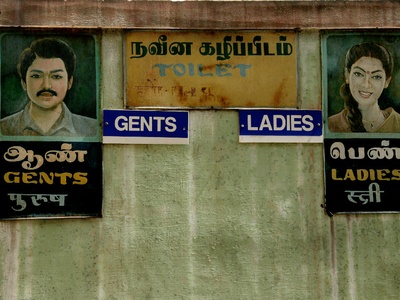
बिस्तारै
A golden word in Nepal. Use it to ask a driver to go slower (“Bistari chalaunus”) or a guide to walk slower on a trek (“Bistari janus”). It’s also used to mean “take it easy” or “calmly”.
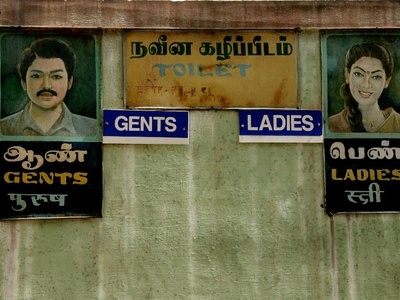
जानुस्
A polite command. You can combine it with directions, like “Sida janus” (Go straight). It’s a respectful way to give or receive directions for movement.
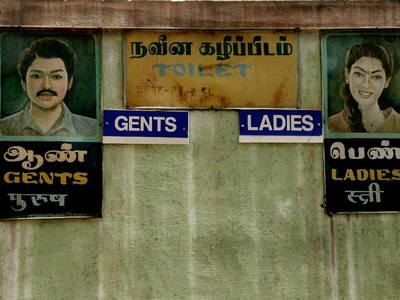
रोक्नुस्
An essential command for any kind of transport, be it a taxi, bus, or rickshaw. Saying “Yaha roknus” (Please stop here) is the clearest way to indicate you’ve reached your destination.
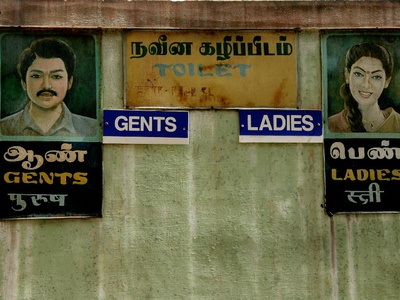
हुन्छ
A positive confirmation, stronger than ‘Thik chha’. It means ‘yes, that is possible’ or ‘it will happen’. It is used to agree to a plan, request, or suggestion.
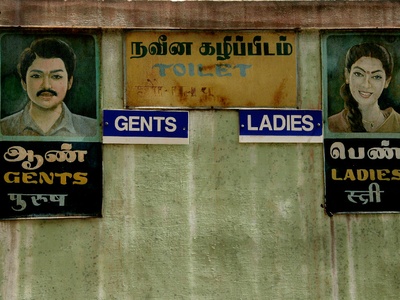
हुँदैन
The direct opposite of ‘Hunchha’. Use this to refuse an offer or to state that something is not possible or not allowed. It’s a clear but polite way to say no.
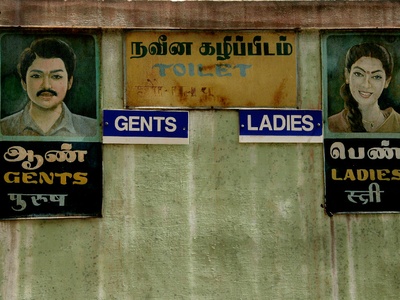
राम्रो
A versatile adjective for complimenting anything. You can describe a view as “ramro,” a piece of art as “ramro,” or a person’s work as “ramro.” It’s a simple way to express positivity.
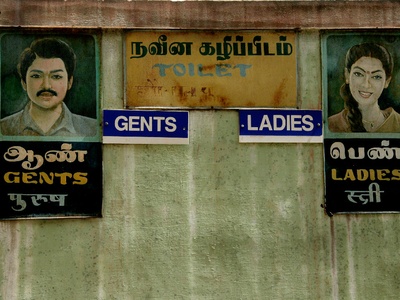
नराम्रो
The opposite of ‘ramro’. Use this to indicate that something is of poor quality or that you’re having a bad experience. It’s a direct way to express dissatisfaction if needed.
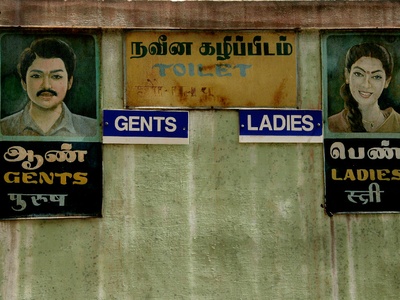
दायाँ / बायाँ
Fundamental words for navigating and understanding directions. When in a taxi or asking for directions on foot, knowing these will help you ensure you are heading the right way.
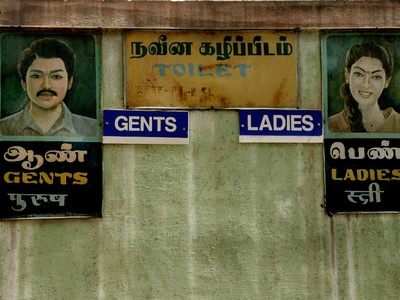
सिधा
Another essential direction word. When someone tells you to “Sidha janus,” they mean “Go straight ahead.” It’s a simple, crucial term for finding your way around any town or city.
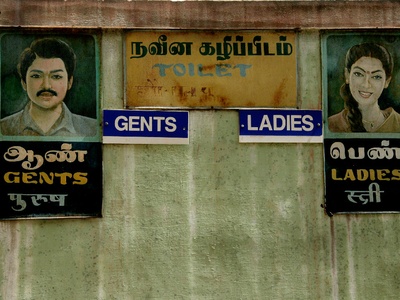
एक
Knowing basic numbers is incredibly helpful for shopping, ordering, and understanding prices. Starting with ‘one’ is the first step to counting in Nepali.
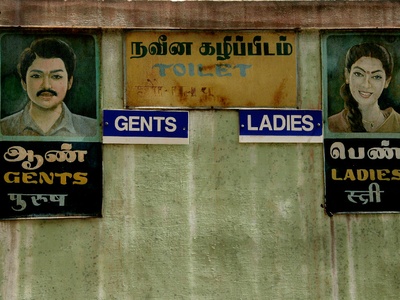
दुई
The number two. Useful when ordering two cups of tea (“Dui cup chiya”) or buying two of an item. It’s a common quantity in daily transactions.
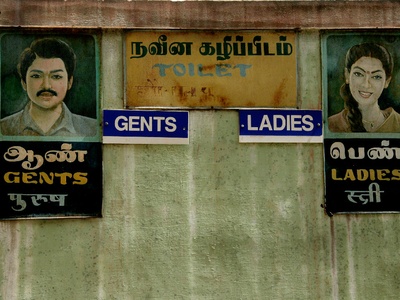
तीन
The number three. Like the first two numbers, it’s frequently used in daily life, from ordering food to basic counting in the market.
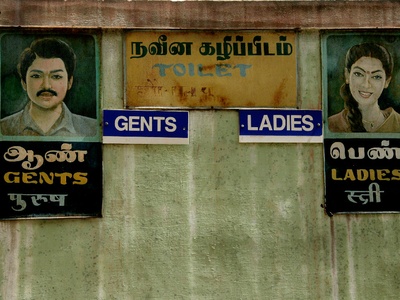
सय
Essential for understanding prices, as many things cost hundreds of Nepali Rupees. “Ek say” means one hundred (100).
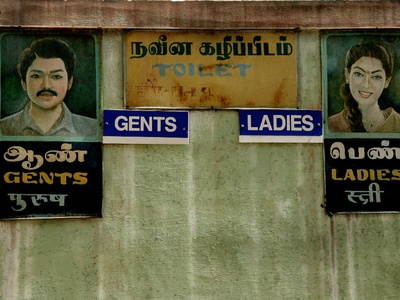
हजार
Crucial for handling larger sums of money, such as hotel bills, flights, or trekking permits. “Ek hajar” means one thousand (1,000).
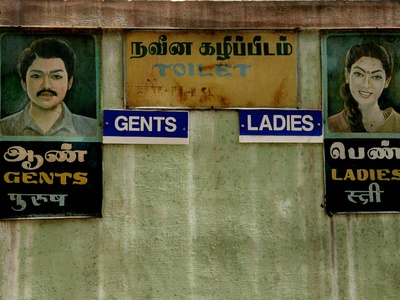
आज
Useful for making plans, booking transport, or understanding schedules. You can ask “Aaja bus chha?” (Is there a bus today?).
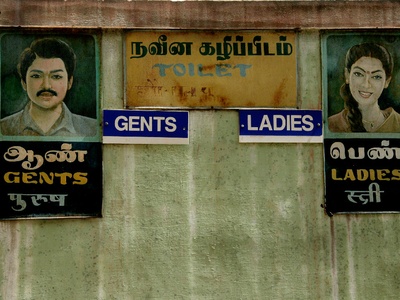
भोलि
Another key word for planning. Use it to book tickets for the next day or to arrange a meeting. “Bholi bhetaula” means “See you tomorrow.”
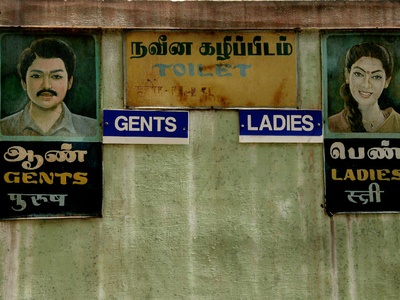
दाइ / भाइ
Respectful terms to address men. ‘Dai’ is very commonly used for taxi drivers, shopkeepers, and guides who are older or of a similar age. ‘Bhai’ is for younger men.
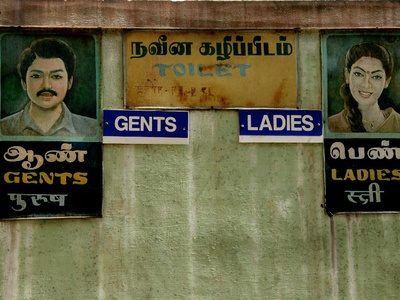
दिदी / बहिनी
Respectful terms for addressing women. ‘Didi’ is used for women who are older or of a similar age, while ‘Bahini’ is for those younger. It’s a warm, familial way to interact.

शुभ बिहानी
A lovely and polite way to greet someone in the morning. While ‘Namaste’ works all day, using this specific greeting shows extra effort and is always appreciated.
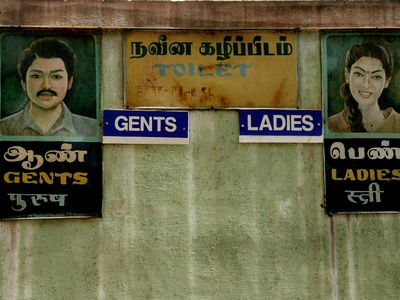
शुभ रात्री
The appropriate and polite way to say goodbye to someone in the evening or before going to sleep. It’s a warm closing to the day’s interactions.

मलाई भोक लाग्यो
A straightforward way to communicate that you need to eat. This is very useful when on a trek with a guide or when staying with a host family to let them know it’s time for a meal.
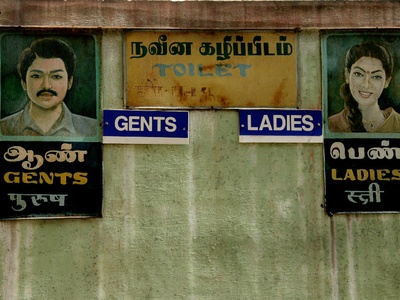
मलाई तिर्खा लाग्यो
Similar to saying you’re hungry, this phrase clearly communicates your need for a drink. It’s especially important to use while trekking to stay properly hydrated.
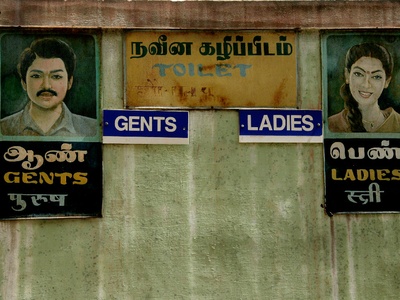
पिरो
Nepali food can be spicy. Use this word to ask if a dish is spicy (“Piro chha?”) or to request less spice (“Piro ali-kam”) to suit your palate.
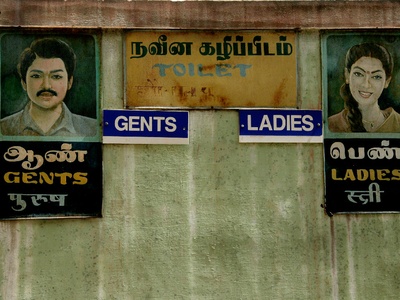
कति बेला?
A useful question for asking about timings, such as when a bus leaves (“Bus kati bela janchha?”) or when a shop opens. It helps you stay on schedule.
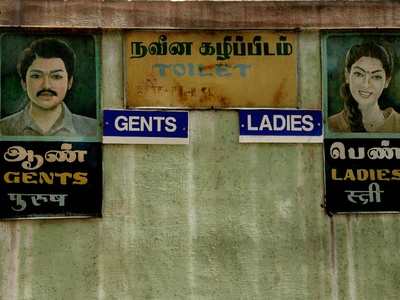
शौचालय
The more formal word for toilet. While “toilet” is widely understood, using “shauchalaya” can be useful in more rural areas or when you want to use the proper Nepali term.

